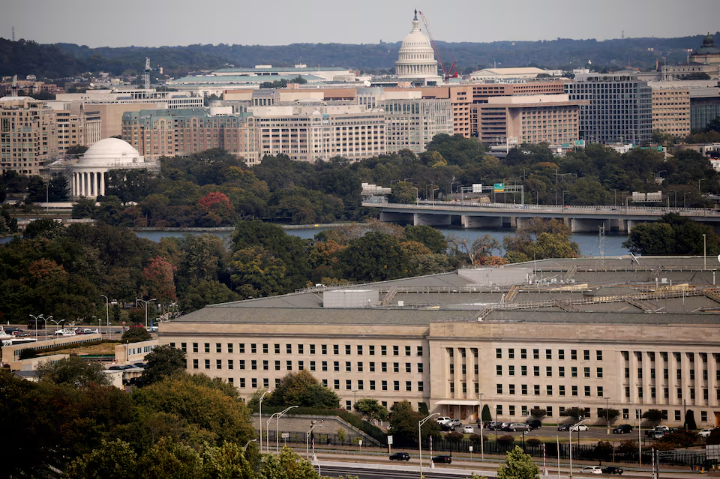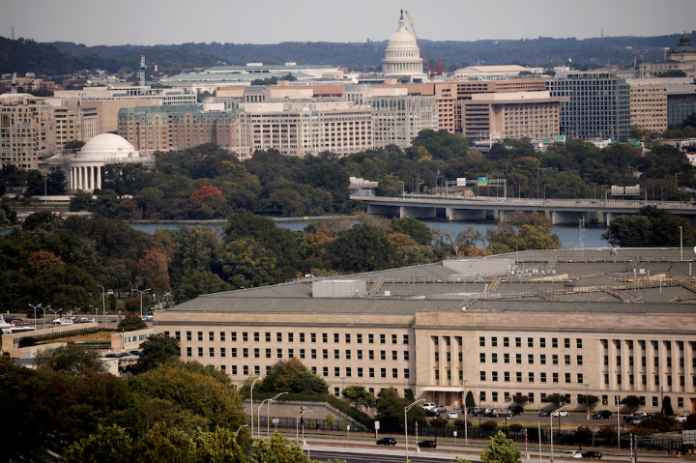In a major step to strengthen Western control over the global supply of essential minerals, the U.S. Department of Defense has handed over its cutting-edge artificial intelligence (AI) metals program to a non-profit group of industry stakeholders. The move aims to increase pricing transparency and secure long-term mineral deals that are less dependent on China.
Launched in late 2023, the Pentagon’s AI initiative—called Open Price Exploration for National Security—was developed to help forecast prices and supplies of critical minerals like lithium, cobalt, nickel, and rare earth elements. These minerals are vital for everything from electric vehicles and smartphones to military equipment. By transferring control to the non-profit Critical Minerals Forum (CMF), the U.S. hopes to attract broader industry collaboration while still funding the program through at least 2029.
The AI tool is designed to estimate fair metal prices by analyzing processing, labor, and logistical costs—minus the pricing manipulation often seen in markets dominated by Chinese overproduction. With China continuing to restrict exports of rare minerals, the CMF aims to offer manufacturers and investors a clearer, more stable path to secure materials from trusted, non-Chinese sources.
So far, more than 30 companies have joined the CMF, including major names like Volkswagen, copper miner South32, rare earths producer MP Materials, and defense contractor RTX. These members will benefit from AI-powered insights that help negotiate better deals and reduce exposure to volatile international markets.
The CMF held its first private meeting in November 2024, and some supply deals are already emerging. Nevada recently announced a partnership with the CMF to attract copper smelters to the state—significant since the U.S. currently operates only two such facilities.

Experts say the model could become a key tool for investment decisions. For instance, if the U.S. imposed heavy tariffs on nickel imports from Indonesia, manufacturers could use the AI data to evaluate whether it’s more viable to develop domestic sources or secure fixed-price contracts from friendly producers.
Despite its promise, the program has skeptics. Critics question whether AI can really revolutionize the way metals are priced, pointing out the difficulties of predicting global commodity markets. But supporters argue that even partial visibility into opaque supply chains is better than none.
The CMF’s broader mission is to connect miners, investors, and manufacturers using transparent data and predictive analytics. This could reshape how supply contracts are structured—prioritizing reliability and sustainability over just price.
In an increasingly complex geopolitical environment, the U.S. is betting that smarter technology and closer collaboration will build a more resilient mineral supply chain. Whether this gamble pays off remains to be seen, but one thing is clear: the race to secure critical minerals has officially entered the AI era.



